Maternal Child Nursing Care in Canada 1st Edition By Perry Hockenberry Wilson – Test Bank
Chapter 11: Maternal and Fetal Nutrition
Test Bank
MULTIPLE CHOICE
1. A 22-year-old woman pregnant with a single fetus has a preconception body mass index (BMI) of 24. When she was seen in the clinic at 14 weeks of gestation, she had gained 2 kg since conception. How would the nurse interpret this?
a. This weight gain indicates gestational hypertension.
b. This weight gain indicates that the woman’s infant is at risk for intrauterine growth restriction (IUGR).
c. This weight gain cannot be evaluated until the woman has been observed for several more weeks.
d. The woman’s weight gain is appropriate for this stage of pregnancy.
ANS: D
The woman’s weight gain is appropriate for this stage of pregnancy is an accurate statement. This woman’s BMI is in the normal range. During the first trimester, the average total weight gain is only 1 to 2.5 kg. Although weight gain does indicate possible gestational hypertension, it is not a definitive diagnosis. The desirable weight gain during pregnancy varies among women. The primary factor to consider in making a weight gain recommendation is the appropriateness of the prepregnancy weight for the woman’s height. A commonly used method of evaluating the appropriateness of weight for height is the BMI. This woman has gained the appropriate amount of weight for her size at this point in her pregnancy. Although weight gain does indicate risk for IUGR, it does not apply to this patient.
DIF: Cognitive Level: Analysis REF: page 255, Table 11-3
OBJ: 1 TOP: Nursing Process: Assessment MSC: CRNE: HW-13
2. Which meal would provide the most absorbable iron?
a. Toasted cheese sandwich, celery sticks, tomato slices, and a grape drink
b. Oatmeal, whole wheat toast, jelly, and low-fat milk
c. Black bean soup, wheat crackers, dried apricots, and prunes
d. Red beans and rice, cornbread, mixed greens, and decaffeinated tea
ANS: C
Food sources that are rich in iron include liver, meats, whole-grain or enriched breads and cereals, deep green leafy vegetables, legumes, and dried fruits. The foods in this group are all good sources of iron. In addition, the vitamin C in dried apricots aids absorption. Dairy products and tea are not sources of iron.
DIF: Cognitive Level: Comprehension REF: page 253, Table 11-2
OBJ: 3 TOP: Nursing Process: Planning MSC: CRNE: HW-11
3. Which nutrient’s recommended dietary allowance (RDA) is higher during lactation than during pregnancy?
a. Iodine
b. Iron
c. Vitamin A
d. Folic acid
ANS: A
Needs for energy (calories), protein, calcium, iodine, zinc, the B vitamins (thiamine,
riboflavin, niacin, pyridoxine, and vitamin B12), and vitamin C are greater during lactation than during pregnancy. Iron recommendation is lower during lactation than in pregnancy. Folic acid recommendation is lower during lactation than in pregnancy. Vitamin A recommendation is lower during lactation than in pregnancy.
DIF: Cognitive Level: Knowledge REF: page 253, Table 11-2 | page 270
OBJ: 2 TOP: Nursing Process: Planning MSC: CRNE: HW-11
4. A pregnant woman’s diet consists almost entirely of whole-grain breads and cereals, fruits, and vegetables. The nurse would be most concerned about this woman’s intake of which of the following?
a. Calcium
b. Protein
c. Vitamin B12
d. Folic acid
ANS: C
This diet is consistent with that followed by a strict vegetarian (vegan). Vegans consume only plant products. Because vitamin B12 is found in foods of animal origin, this diet is deficient in vitamin B12.
DIF: Cognitive Level: Knowledge REF: page 268 OBJ: 3
TOP: Nursing Process: Assessment MSC: CRNE: HW-11
5. How should the nurse advise a pregnant woman who is experiencing nausea and vomiting?
a. Drink a glass of water with a fat-free carbohydrate before getting out of bed in the morning.
b. Eat small, frequent meals (every 2 to 3 hours).
c. Increase intake of high-fat foods to keep the stomach full and coated.
d. Limit fluid intake throughout the day.
ANS: B
Eating small, frequent meals is a correct suggestion for a woman experiencing nausea and vomiting. A pregnant woman experiencing nausea and vomiting should avoid consuming fluids early in the day or when nauseated but should compensate by drinking fluids at other times. A pregnant woman experiencing nausea and vomiting should reduce her intake of fried and other fatty foods.
DIF: Cognitive Level: Comprehension REF: pages 267-268
OBJ: 5 TOP: Nursing Process: Planning MSC: CRNE: CH-10
6. Which of the following should the nurse teach a pregnant woman who is still playing tennis at 32 weeks of gestation?
a. Increase fluid intake before, during, and after exercise.
b. Include extra protein sources, such as peanut butter, in your diet.
c. Eat salty foods to replace lost sodium.
d. Eat easily digested sources of carbohydrate.
ANS: A
If no medical or obstetrical problems contraindicate physical activity, pregnant women should get 30 minutes of moderate physical exercise daily. Liberal amounts of fluid should be consumed before, during, and after exercise, because dehydration can trigger premature labour. The woman’s calorie intake should be sufficient to meet the increased needs of pregnancy and the demands of exercise.
DIF: Cognitive Level: Comprehension REF: page 256 OBJ: 8
TOP: Nursing Process: Planning MSC: CRNE: HW-1
7. Which statement made by a lactating woman would lead the nurse to believe that the woman might have a lactose intolerance?
a. “I always have heartburn after I drink milk.”
b. “If I drink more than a cup of milk, I feel bloated and have abdominal cramps.”
c. “Drinking milk usually makes me break out in hives.”
d. “Sometimes I notice that I have bad breath after I drink a cup of milk.”
ANS: B
Abdominal cramps and bloating are consistent with lactose intolerance. One problem that can interfere with milk consumption is lactose intolerance, which is the inability to digest milk sugar because of a lack of the enzyme lactose in the small intestine. Milk consumption may cause abdominal cramping, bloating, and diarrhea in such people, although many lactose-intolerant individuals can tolerate small amounts of milk without symptoms.
DIF: Cognitive Level: Application REF: page 260 OBJ: 7
TOP: Nursing Process: Assessment MSC: CRNE: CH-6
8. A pregnant woman’s diet history indicates that she likes the following list of foods. The nurse would encourage this woman to consume more of which food to increase her calcium intake?
a. Fresh apricots
b. Canned clams
c. Spaghetti with meat sauce
d. Canned sardines
ANS: D
Sardines are rich in calcium. Fresh apricots, canned clams, and spaghetti with meat sauce are not high in calcium.
DIF: Cognitive Level: Comprehension REF: page 260, Box 11-2
OBJ: 3 TOP: Nursing Process: Planning MSC: CRNE: HW-11
9. A 27-year-old pregnant woman had a preconception body mass index (BMI) of 18.0. Which of the following would be within normal range for her total recommended weight gain during pregnancy?
a. 20 kg
b. 17 kg
c. 12.5 kg
d. 10 kg
ANS: C
This woman has a normal BMI and should gain 11.5 to 16 kg during pregnancy. A weight gain of 20 kg would be unhealthy for most women. A weight gain of 17 kg is slightly above the range of weight this woman should gain in her pregnancy. A weight gain of 10 kg is below the range of weight this woman should gain in her pregnancy.
DIF: Cognitive Level: Comprehension REF: page 255, Figure 11-2
OBJ: 8 TOP: Nursing Process: Planning MSC: CRNE: CH-7
10. A woman in week 34 of pregnancy reports that she is very uncomfortable because of heartburn. What should the nurse suggest to the woman?
a. Substitute other calcium sources for milk in her diet.
b. Lie down after each meal.
c. Reduce the amount of fibre she consumes.
d. Eat five small meals daily.
ANS: D
Eating small, frequent meals may help with heartburn, nausea, and vomiting. Substituting other calcium sources for milk, lying down after eating, and reducing fibre intake are inappropriate dietary suggestions for all pregnant women and do not alleviate heartburn.
DIF: Cognitive Level: Comprehension REF: page 268 OBJ: 5
TOP: Nursing Process: Planning MSC: CRNE: HW-11


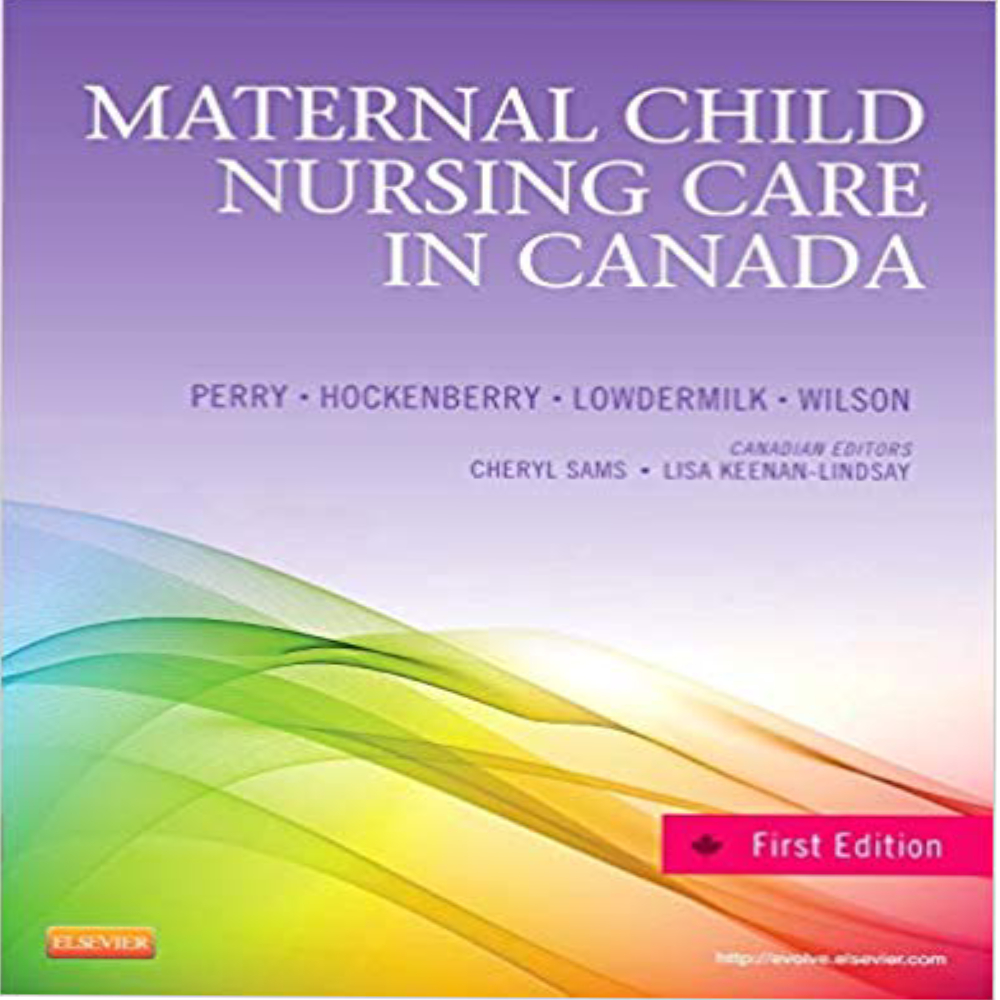



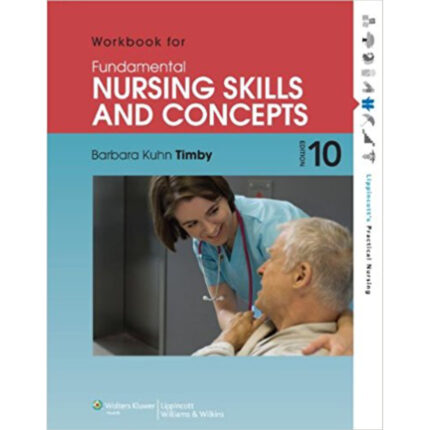


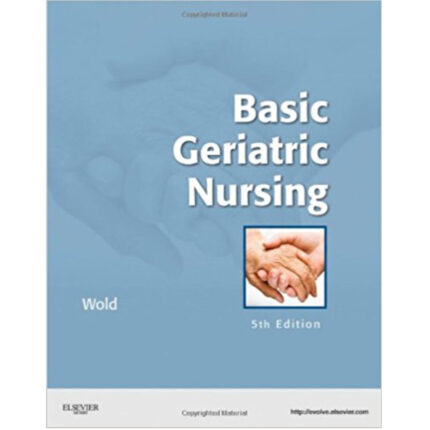
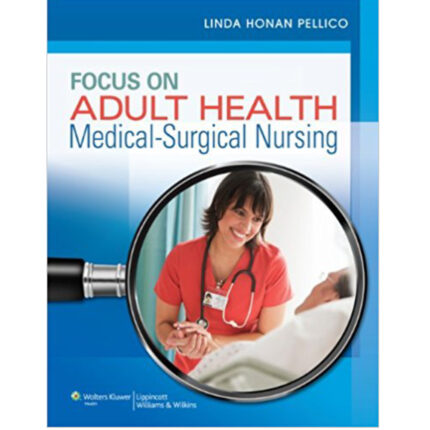

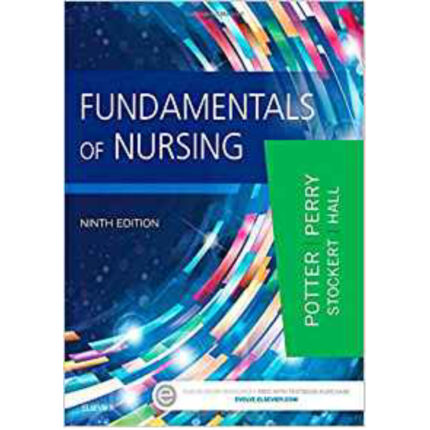
Reviews
There are no reviews yet.